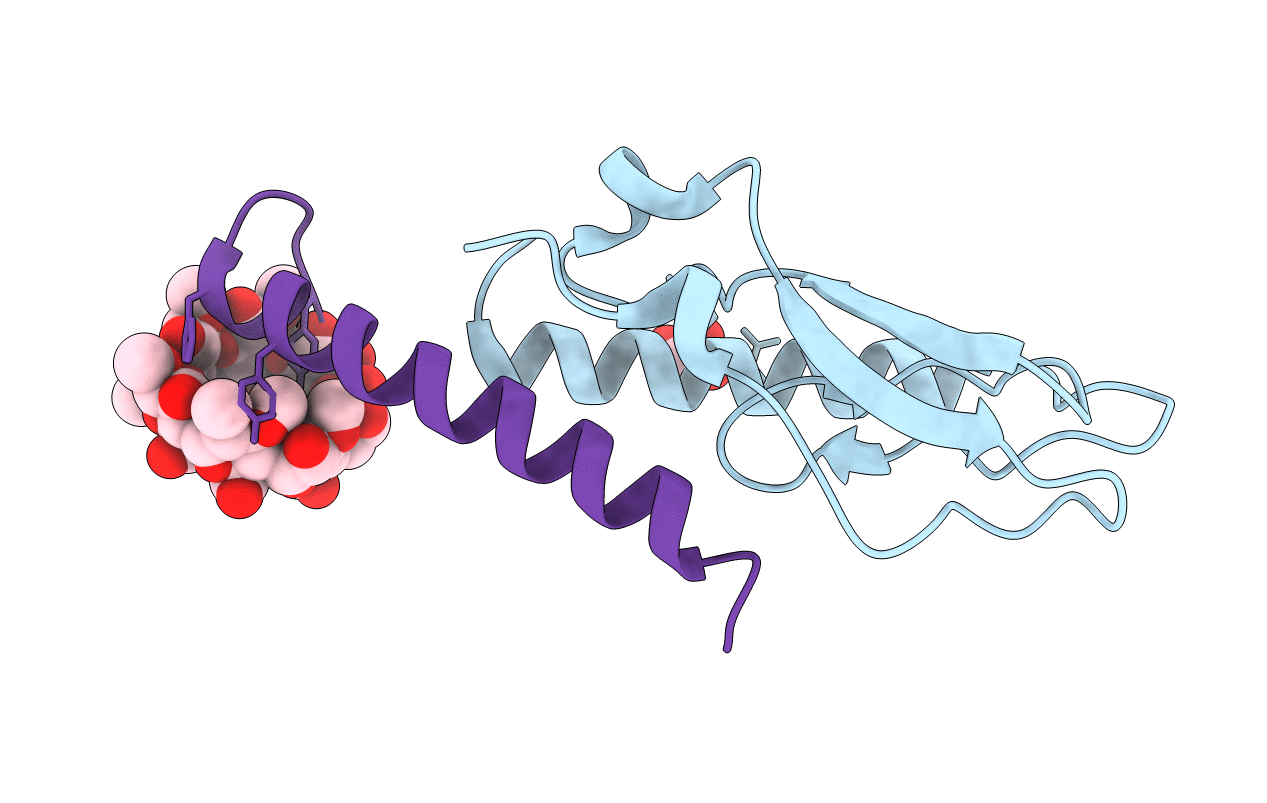
Deposition Date
2007-07-11
Release Date
2007-08-14
Last Version Date
2024-10-30
Entry Detail
PDB ID:
2QKH
Keywords:
Title:
Crystal structure of the extracellular domain of human GIP receptor in complex with the hormone GIP
Biological Source:
Source Organism:
Homo sapiens (Taxon ID: 9606)
Host Organism:
Method Details:
Experimental Method:
Resolution:
1.90 Å
R-Value Free:
0.18
R-Value Work:
0.16
R-Value Observed:
0.16
Space Group:
H 3 2


